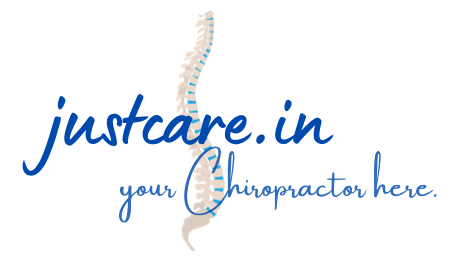- ramkripalsinghh9@gmail.com
- Shop no 6 Shree hari township Ajwa road, Vadodara
Call Now:
- +91-9898395900
- +91-9426583736

Neurotherapy, or neurofeedback, is a non-invasive, drug-free treatment that helps people improve their brain function. Neurofeedback allows you to see your own brain activity provided by an electroencephalogram (EEG), functional Magnetic Resonance Imaging (fMRI), or other neurotechnology. It’s based on the idea that you can consciously alter the way your brain functions using real-time displays of your brain’s blood flow or its electrical activity (known as brainwaves).
Neurotherapy has become a popular treatment alternative for attention-deficit/hyperactivity disorder (ADHD) and it is becoming more widespread as a treatment for a variety of psychiatric and neurological disorders including depression, anxiety, obsessive-compulsive disorder, migraines, and brain injury. This article will explain the different types of neurofeedback currently available, which technology works best for specific disorders, and what a neurotherapy session looks like.


A variety of psychiatric and neurological conditions and symptoms are related to brain dysregulation, so there are many applications for neurotherapy. Some of the most common conditions treated with neurotherapy include:
Research has found that neurotherapy can be an effective treatment for a number of conditions.
Neurotherapy can be used on its own, but it can be even more effective when used as an adjunct to traditional therapy approaches (such as cognitive behavioral therapy).
